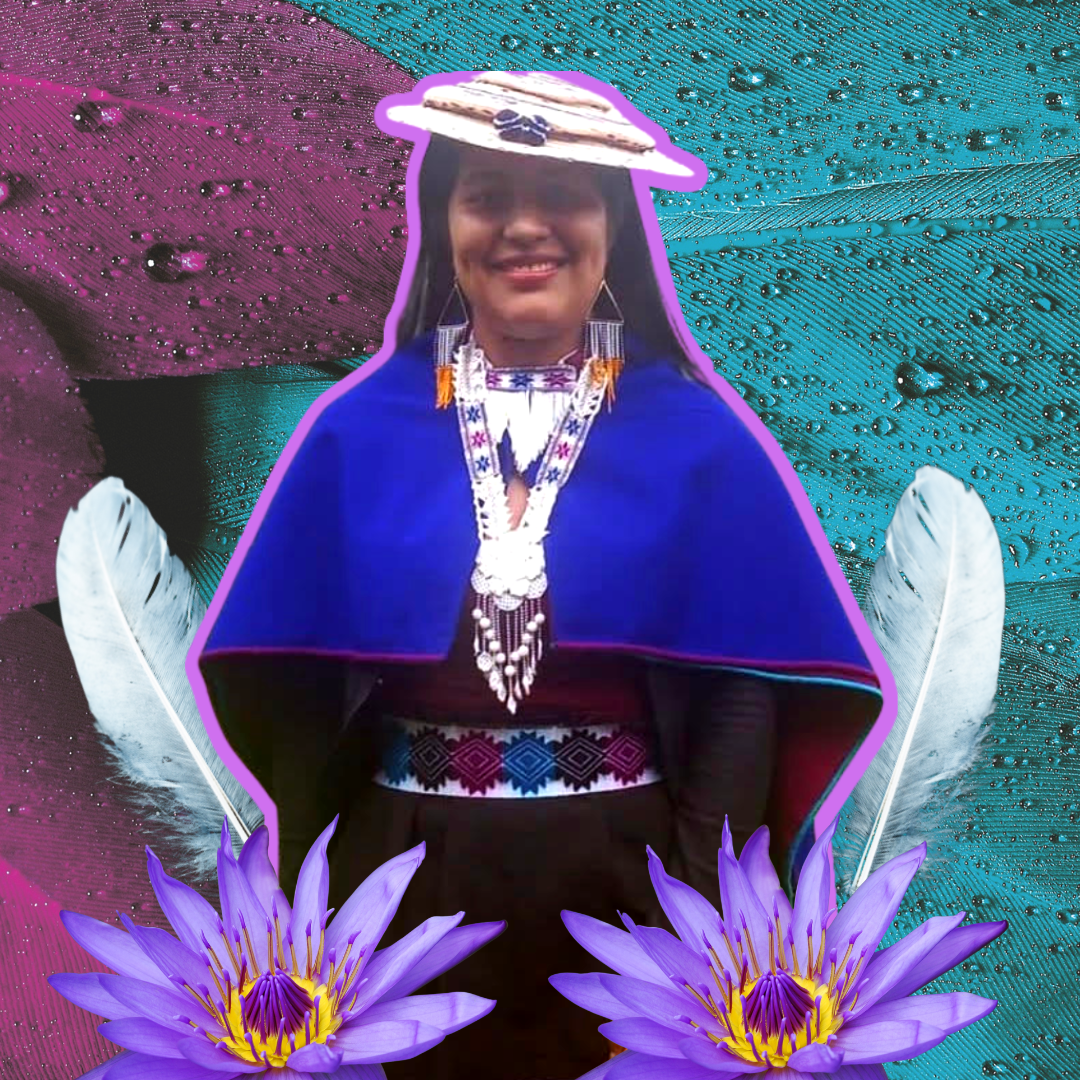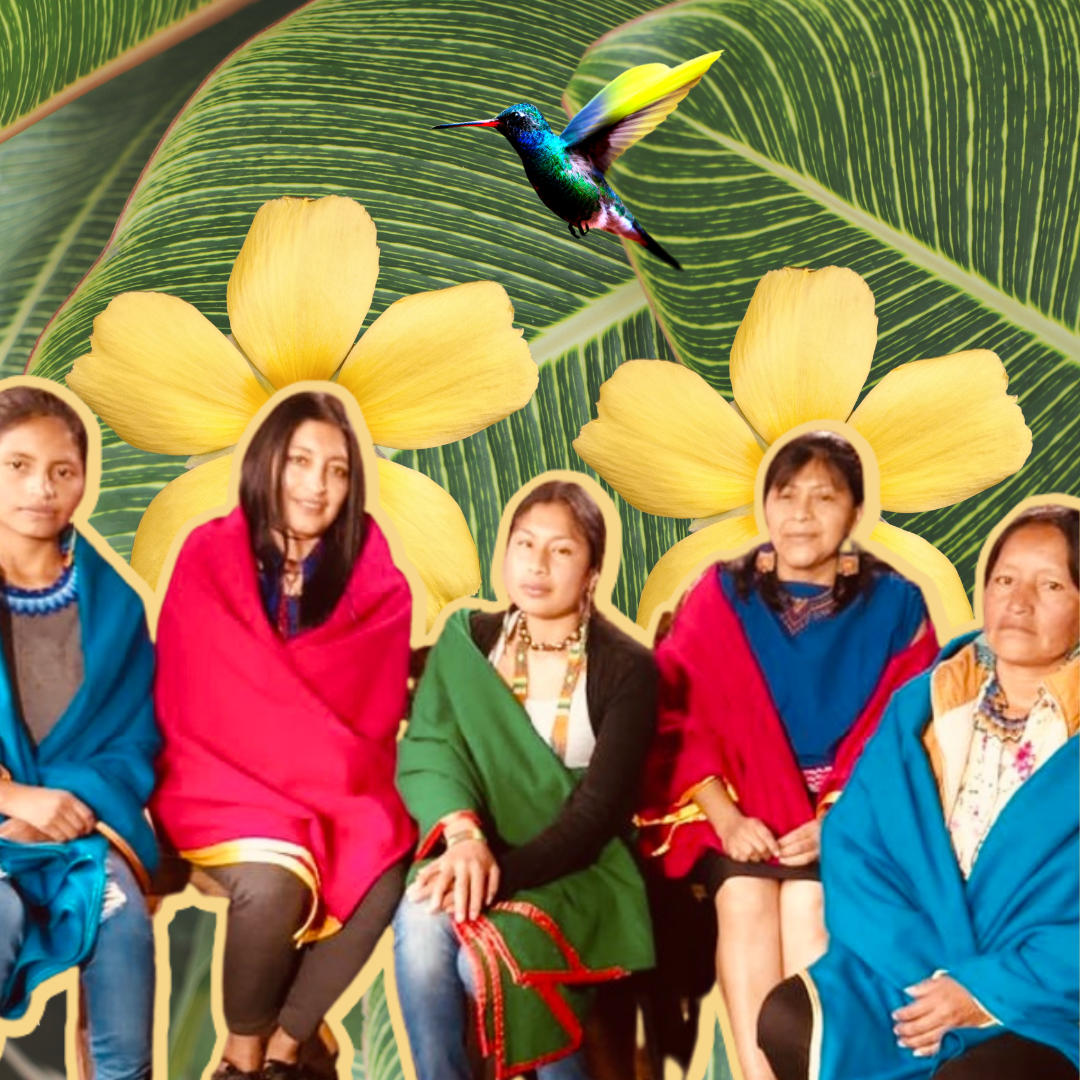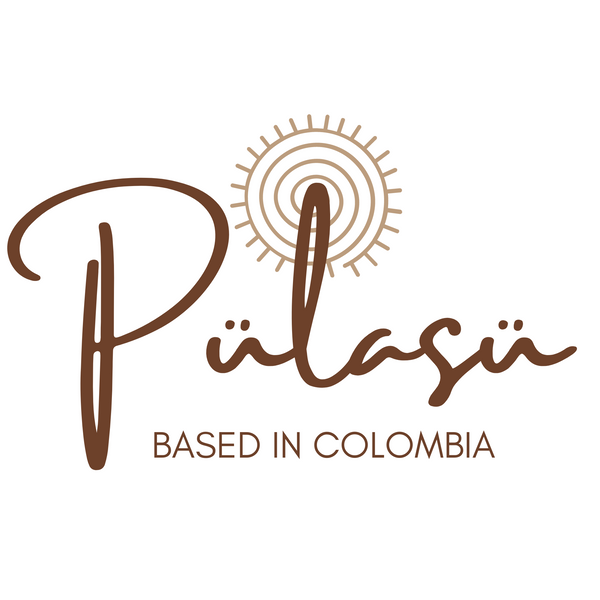The Magic Behind the Artisans
Did you know that Colombia has about 350,000 artisans, of which approximately 60% come from rural areas and indigenous communities? Adding to that, 65% are women!
To speak of artisans is to speak of the innumerable Indigenous communities that preserve ancestral teachings through handcrafts. Although the main occupations of Indigenous peoples differ from country to country, we find the common characteristic that they are communities rich in cultural expressions and artisan techniques that present an incredible opportunity for employment and sustainable growth.
The culture and identity of our Indigenous communities in Colombia are dynamic and over time have been at risk of being lost or altered. It is the commitment of these different nations to safe keep and continue their inheritance given to them by the ancestors through weaving and beading. The story of a community and the preservation of its culture and customs is passed on from generation to generation; The practice of continuing these traditions is vital knowledge for how both a society began and is continuing--with the loss of these stories, the voices of thousands go with it.
Weaving Dreams

WAYUU
"The people of the sun, wind, and sand"
Situated in the sunny desert of La Guajira, reside one of the largest Indigenous groups in Colombia & Venezuela, Los Wayúu. For Wayúu women, weaving is more than a cultural practice and a heritage from their ancestors, it is a way of conceiving and expressing life as they feel and want it. According to the story of how they started weaving, a spider named Wale ’Kerü was the one who taught the first Wayuu women how to weave at a young age. Since then, the art of weaving has been passed down for generations! The secrets of their traditional weaving techniques are part of the rites of passage that teenage girls undergo when they begin their menstrual cycle. The intricate handwoven (designs) you see are called Kanaas or Kanasu and are traditional manifestations of Wayuu art and design that represent elements in the matriarchal structure of their society, mother nature, dreams, and daily life on and outside of their territory. Weaving traditional mochilas has been a direct source of income for many Wayuu women and their families which has allowed the way of life of these communties to flourish-not only financially. Communities are able to invest in water wells, community gardens, education centers, and so much more.
A huge gracias to Oladis Gutierrez from la rancheria Valledupar, Juan Fernandez from Mongui, Yaris, Yeni Deluque from Maicao, Ana Uriana from Uribia, and the Pushaina family for sharing the art of weaving with us.
ISHU MISAK

MISAK
"Those born from water."
Nestled high in the Andean Mountains of Colombia, in a small town called Silvia, live the Misak, also called the Guambianos. Their ancestral story tells of them being molded from water on their native land, Kauka. Life for them is structured in a dual system: the feminine and masculine, the hot and cold, the sun and moon. Earth and everything that composes it is the mother. The Misak are identified as those in charge of guaranteeing balance and harmony between nature and human beings; making the commitment to defend it, protect it, maintain it, and return it to humanity. Mothers and grandmothers teach their daughters how to weave and bead at a young age in order to preserve the knowledge and the way in which their ancestors wove. Women can find it difficult to earn an livable income but thanks to the sale of their art, they are managing to improve living conditions while telling us their unique story in the form of beading earrings, bags made of sheep wool, and other creations--with mother nature being the focal point behind the designs & colors used.
Andrea, Deisy, and Liliana are the talented women who share their dreams, traditions, and culture with us through Misak beadwork.
TEJIENDO VIDA AWASKA

INGA
"Live well, think beautifully"
In the Putumayo department of Colombia, located in the heart of the Sibundoy Valley, there is a small region named Manoy where the Inga Community resides. They are immediate relatives of the Mitimak families, from the Incas of the Tawain-tisuyu, who migrated to the area around the fifteenth century. The Inga, in fact, are the direct inheritors of the Quechua language! The language and the environment around them are expressed through special spiritual terms that are then orally passed down from elders in the community. The Inga consider weaving and beading a practice of life; It is an art form where creativity is born from "observations" and "valuing" the thought-provoking world around us. They are carriers of knowledge that have been transmitted orally through generations. These understandings have allowed them to understand their environment and create introspections that express life in the Inga community and strengthen relationships with the elements of nature that are then represented in their unique craftwork.
We partnered with Luz Maria Tisoy & Nestor Jacanamijoy Tisoy, owners of the Inga Awaska workshop in Putumayo, and other members of the Inga community to bring you one-of-a-kind beaded designs that carry traditional symbolism and meaning.
Tejido Embera Wera

EMBERA CHAMI
"People of the mountains."
The Emberá are the 3rd largest Indigenous community in Colombia and are made up of 2 big groups: the Dobida, which translates to river people, and The Eyabida, meaning people of the mountains, who are then separated into 2 other big groups: the Katío and Chamí. Being that they are a nomadic and dispersed culture, other clans include Drua, Wounaan, and Quera. One of the ways they keep heir traditions alive is by weaving and beading. Their art has been transmitted from generation to generation, passing from grandparents to grandchildren all traditional artisan techniques. They are known for their colorful "chaquiras” or beadwork made out of glass beads that are used in their everyday life and ceremonial practices. Their creations are related to their native language, worldview, and spiritual world. They contain unique symbols that reflect their ancestral dreams that are connected to Mother Earth and the constant communication they have with their surroundings. Handcrafts also happen to be one of their main sources of income but many are forced out of their ancestral lands and end up selling on the streets of Medellin and other large cities. Not only is weaving a form of earning a wage, but it is also a way to connect with their ancestors and keep their traditions and culture alive.
We are so lucky to have met Guillermina and Jesus while walking around El Centro in Medellin! They've been part of Pulasu for almost a year now and we're very grateful to have them in our lives. This power couple are master Embera Chami artisans who, not too long ago, migrated a few towns over in search of better opportunities
